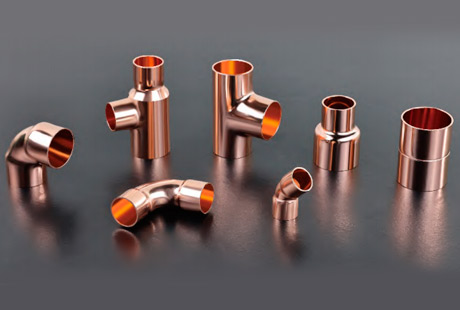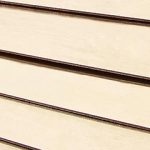Brass has a rich history in art and sculpture, but one particular variant of brass, known as leaded brass rods, has played a significant role in shaping the world of creative expression. In this blog, we will explore the historical significance of leaded brass rods in art and sculpture, delving into the ways they have influenced the work of renowned artists and craftsmen throughout the centuries.
The Artistic Versatility of Leaded Brass Rods
Leaded brass rods, composed of copper, zinc, and a small percentage of lead, have been cherished by artists and sculptors for their remarkable malleability. This unique combination of metals makes leaded brass an ideal material for creating intricate sculptures, detailed reliefs, and fine art pieces. From ancient civilizations to the Renaissance and beyond, artists have relied on the flexibility of leaded brass to bring their visions to life.
The Role of Leaded Brass Rods in Monumental Sculpture
Throughout history, monumental sculptures have graced the public spaces of civilizations, serving as enduring testaments to cultural and artistic achievements. Leaded brass rods have frequently played a critical role in these creations. The alloy's durability, resistance to corrosion, and the ability to achieve fine details have made it a preferred choice for sculptors tasked with immortalizing historical figures, gods, and heroes in grandiose forms.
The Legacy of Leaded Brass in Ornamental Art
Leaded brass has also left an indelible mark in the realm of ornamental art. From decorative friezes and architectural accents to religious iconography and decorative vessels, leaded brass rods have been employed to craft intricate, long-lasting embellishments that have adorned temples, palaces, and churches throughout time. Their ability to withstand the test of time has ensured that these ornamental pieces remain as captivating today as they were when first created.
The Enduring Appeal of Leaded Brass in Contemporary Art
While the historical significance of leaded brass in art and sculpture cannot be overstated, its appeal remains relevant in contemporary art. Modern artists and sculptors continue to experiment with leaded brass rods to push the boundaries of what can be achieved with this versatile material. Whether as part of mixed-media art or innovative sculptural creations, leaded brass retains its allure, connecting the past with the present.
In conclusion, the historical significance of leaded brass rod in art and sculpture is a testament to the enduring appeal of this material. From its role in monumental sculptures to its use in ornamental art and its continued relevance in contemporary art forms, leaded brass rods have left an indelible mark on the world of creative expression. As artists and sculptors continue to harness the artistic versatility of this alloy, its significance in the realm of art and sculpture remains firmly cemented in history.

 English
English 日本語
日本語 한국어
한국어 français
français Deutsch
Deutsch Español
Español italiano
italiano العربية
العربية tiếng việt
tiếng việt Türkçe
Türkçe ไทย
ไทย 中文
中文





